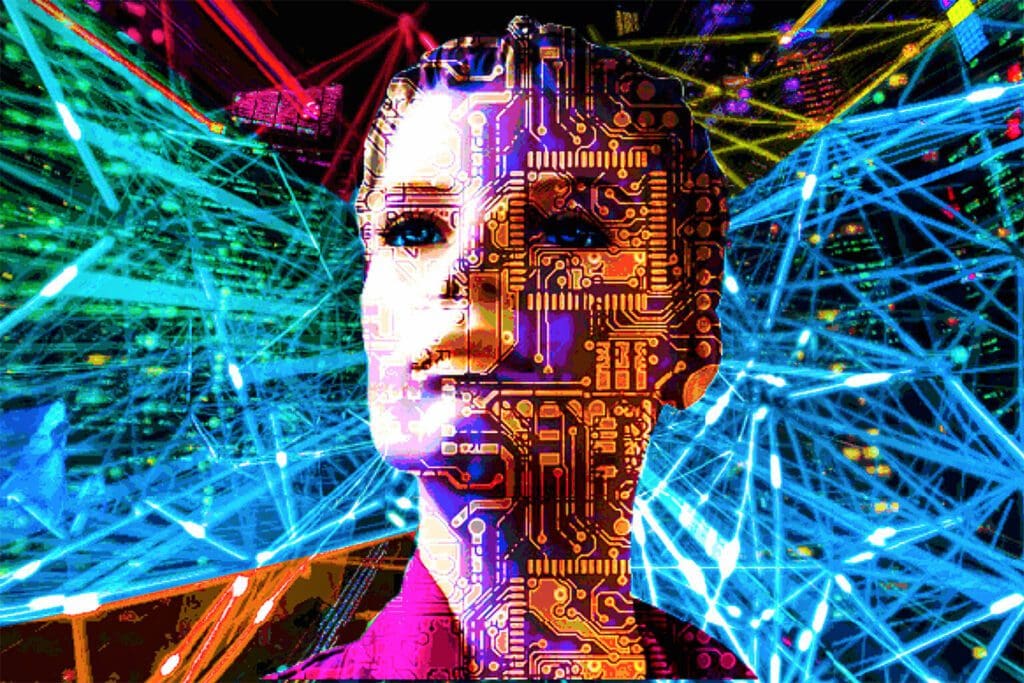The energy efficiency of Artificial Intelligence (AI) is a multifaceted topic, with both efficient and energy-intensive aspects. Here are some considerations:
Energy-Intensive Aspects:

- Training Large Models: Training deep learning models, especially large ones like many of the transformer-based architectures (e.g., GPT-3, BERT), can be energy-intensive. It requires vast amounts of computational power, typically provided by GPUs or TPUs, and can consume as much electricity as a small town over a few days of full-scale training.
- Data Centers: AI computations are often done in large data centers, which need cooling systems that consume significant amounts of energy.
- Constant Need for Retraining: In some applications, models need frequent retraining, leading to continuous energy consumption.
Energy-Efficient Aspects:
- Inference vs. Training: Once an AI model is trained, using the model to make predictions (inference) is much less energy-intensive than training it. This means that deploying a trained model in real-world applications can be quite energy-efficient.
- Optimized Hardware: Companies are developing AI-specific chips and hardware accelerators optimized for AI computations, which can be more energy-efficient than general-purpose GPUs. For example, Google’s Tensor Processing Units (TPUs) and Apple’s Neural Engine are designed to optimize energy consumption for AI tasks.
- Pruning & Quantization: Techniques such as pruning (removing certain parts of the neural network) and quantization (reducing the precision of the network’s parameters) can make AI models smaller and faster, leading to energy savings, especially during inference.
- Efficiency in Other Domains: AI can contribute to energy efficiency in various sectors. For instance, in data centers, Google used its DeepMind AI to reduce energy used for cooling by 40%. Similarly, AI can optimize traffic flow in smart cities or improve the energy efficiency of buildings and industrial processes.
- Greener Training Methods: Researchers are exploring more energy-efficient training methods and algorithms to reduce the carbon footprint of AI.
Conclusion: While certain aspects of AI, especially training large models, can be energy-intensive, ongoing research and technological advances aim to improve its energy efficiency. Furthermore, when deployed correctly, AI can facilitate significant energy savings in various domains, offsetting some of its own energy costs. However, as AI becomes more pervasive in society, its overall energy consumption and environmental impact will be important topics for continued monitoring and innovation.
You may also like this content
- China Wind in Artificial Intelligence: What is DeepSeek?
- Top 1000 Sci-Fi Movies About Metaverse, AI, and Science
- How to Use iPhones’ New Emoji Creation Feature “Genmoji”

